Building the Solar System
Part of Hall of Meteorites.
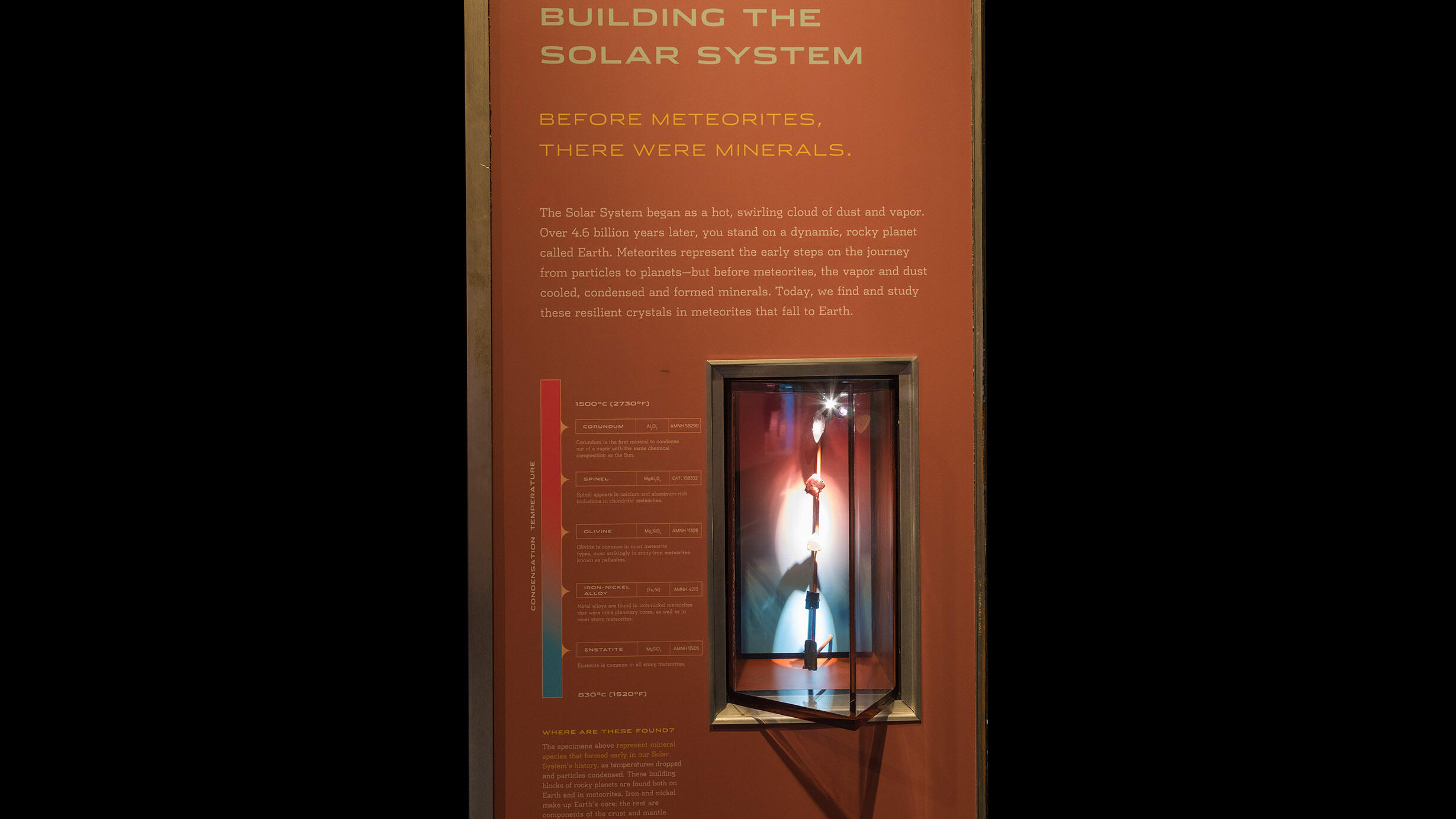 M. Shanley/©AMNH
M. Shanley/©AMNH Before Meteorites, There Were Minerals
The solar system began as a hot, swirling cloud of dust and vapor. Over 4.6 billion years later, you stand on a dynamic, rocky planet called Earth. Meteorites represent the early steps on the journey from particles to planets—but before meteorites, the vapor and dust cooled, condensed and formed minerals. Today, we find and study these resilient crystals in meteorites that fall to Earth.
Where Are These Found?
The specimens above represent mineral species that formed early in our solar system’s history, as temperatures dropped and particles condensed. These building blocks of rocky planets are found both on Earth and in meteorites. Iron and nickel make up Earth’s core; the rest are components of the crust and mantle.
In This Section
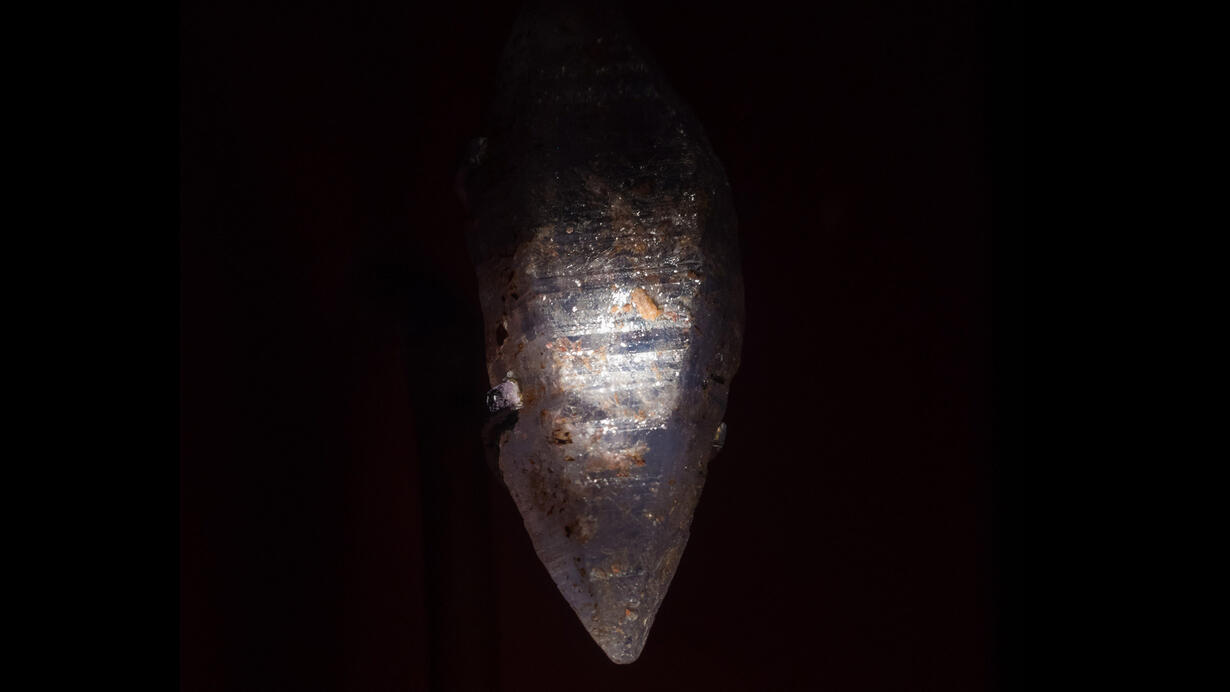 M. Shanley/©AMNH
M. Shanley/©AMNH Corundum, Al2O3
Corundum is the first mineral to condense out of a vapor with the same chemical composition as the Sun.
Corundum, Al2O3
AMNH 58290
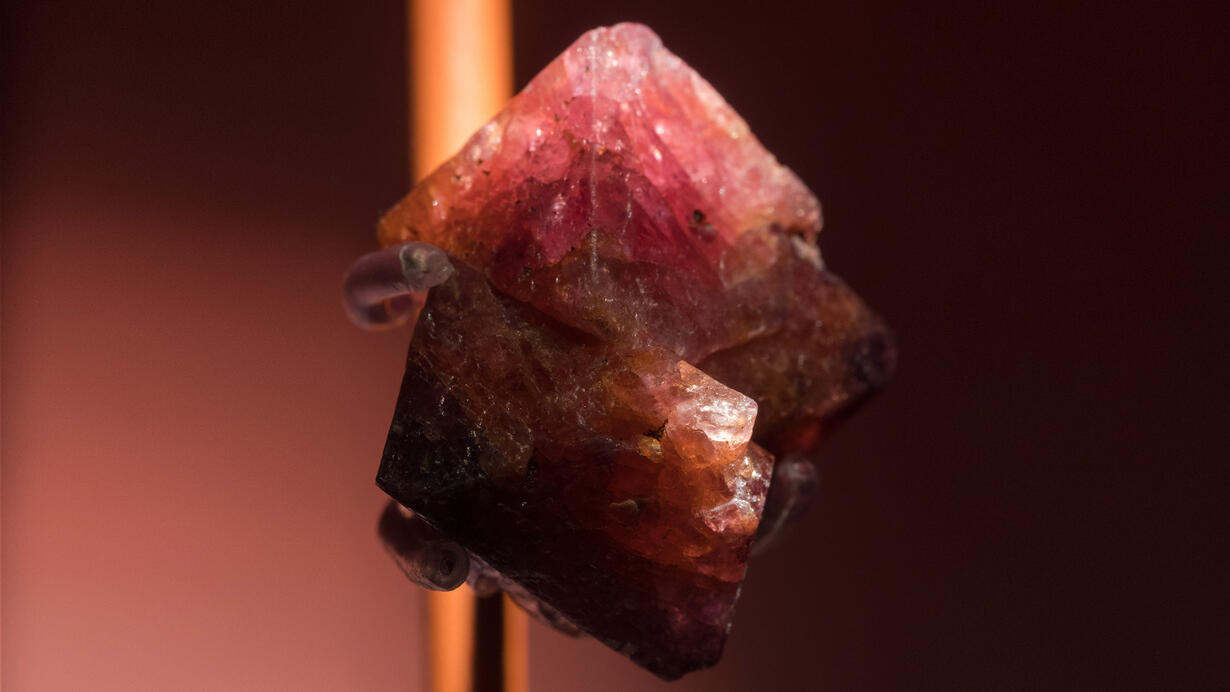 M. Shanley/©AMNH
M. Shanley/©AMNH Spinel, MgAl2O4
Spinel appears in calcium- and aluminum-rich inclusions in chondritic meteorites.
Spinel, MgAl2O4
108332
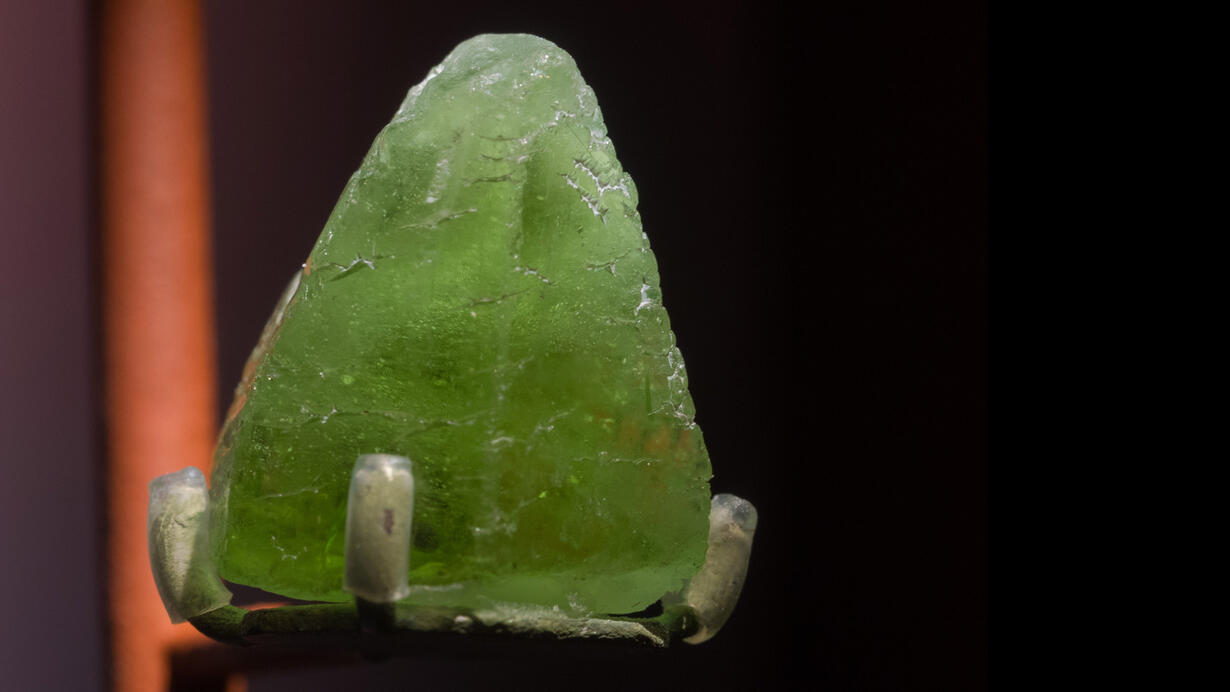 M. Shanley/©AMNH
M. Shanley/©AMNH Olivine, Mg2SiO4
Olivine is common in most meteorite types, most strikingly in stony-iron meteorites known as pallasites.
Olivine, Mg2SiO4
AMNH 11309
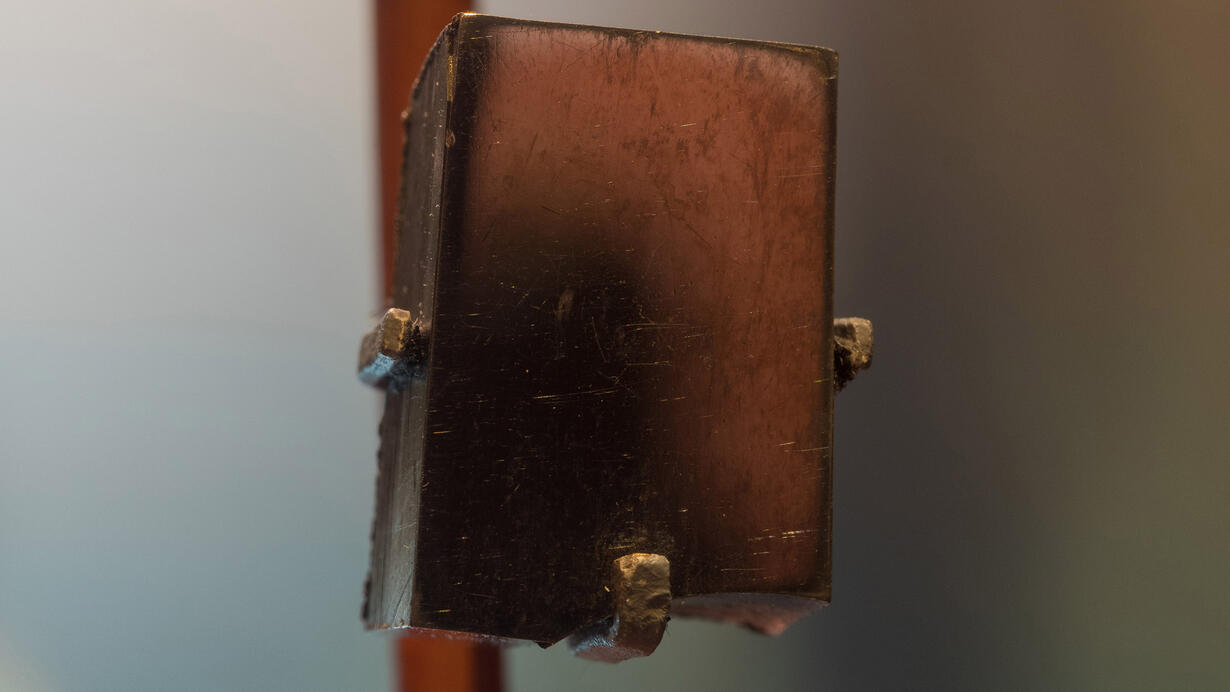 M. Shanley/©AMNH
M. Shanley/©AMNH Iron-Nickel Alloy, (Fe,Ni)
Metal alloys are found in iron-nickel meteorites that were once planetary cores, as well as in most stony meteorites.
Iron-Nickel Alloy, (Fe,Ni)
AMNH 4213
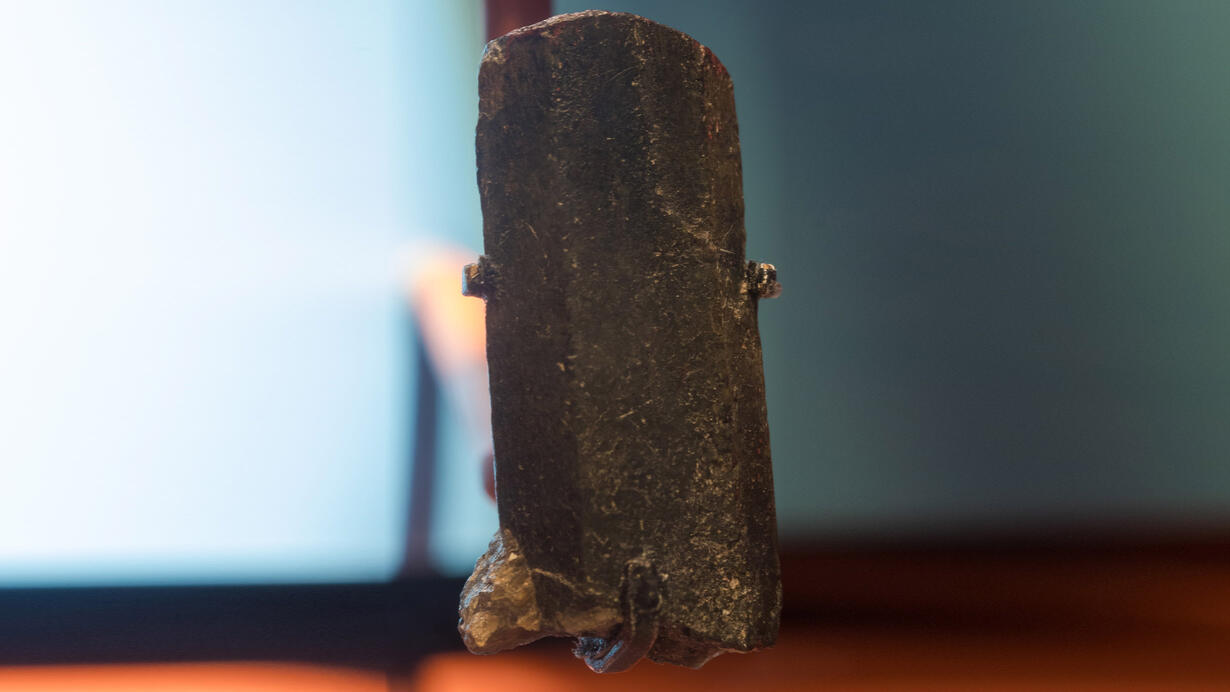 M. Shanley/©AMNH
M. Shanley/©AMNH Enstatite, MgSiO3
Enstatite is common in all stony meteorites.
Enstatite, MgSiO3
AMNH 9505